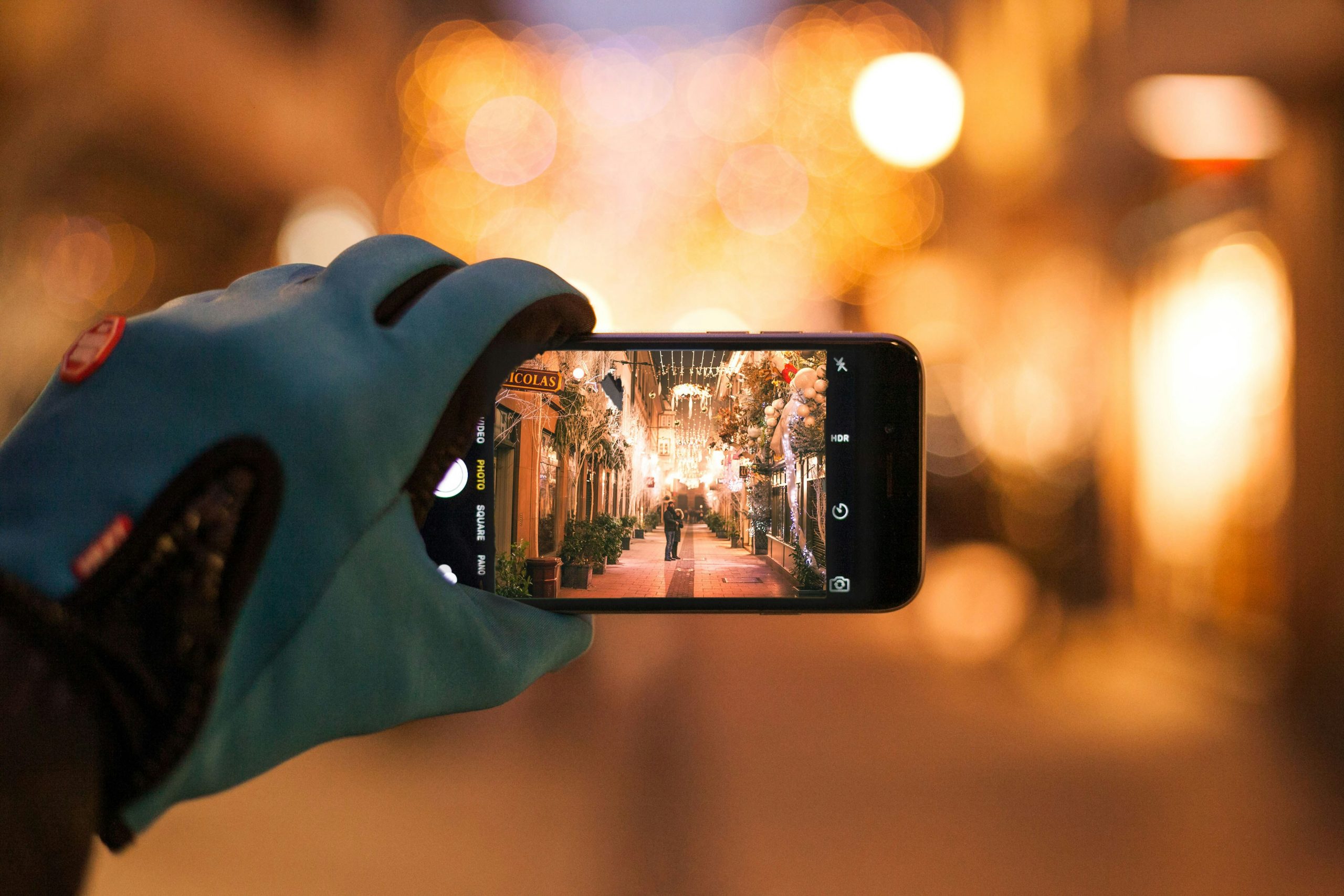Introduction
Alright, folks, let’s sit down and have a real talk about something that’s become a big part of our lives—technology. Now, don’t get me wrong, it’s got its perks, but it’s also got some psychological effects that can weigh heavy on our relationships. So, let’s break it down and see how this constant connectivity is playing out in our emotional and relational lives, both the good and the bad.
Anxiety and Loneliness
First, let’s get into anxiety and loneliness. You see, technology is supposed to connect us, but sometimes it does the opposite. Social media, with its endless feeds, can lead us to compare ourselves to others and feel like we’re missing out. That dreaded FOMO (Fear of Missing Out), you know what I’m talking about. It ramps up the anxiety, leaving us feeling more isolated than ever. Instead of making real connections, we end up scrolling through highlight reels, feeling like we’re on the outside looking in.

Technoference in Relationships
And then there’s “technoference”—the interruptions in personal interactions caused by technology. Picture this: you’re sitting across from your partner, trying to have a heartfelt conversation, but their phone keeps buzzing. It’s frustrating, right? These daily interruptions can lead to conflicts over technology use, chipping away at the quality of our face-to-face interactions. When devices take center stage, partners can feel sidelined, leading to a decline in emotional intimacy and relationship satisfaction.
Trust Issues
Let’s not forget about trust issues. With constant connectivity comes the potential for misinterpretation of online interactions. A simple like or comment can spiral into jealousy and insecurity, eroding the trust that’s the bedrock of any healthy relationship. It’s like opening Pandora’s box, where every online action is scrutinized and questioned, breeding doubt and suspicion.
Avoidant Behaviors
Constant connectivity can also foster avoidant behaviors. It’s all too easy to use technology as an escape, avoiding uncomfortable emotions or conflicts. This can lead to emotional detachment, where individuals become more invested in their digital lives than their real-world relationships. It’s like building a wall, keeping genuine connection at bay.

Finding Solutions: Setting Healthy Digital Boundaries
OK, what’s the solution? It starts with setting healthy digital boundaries. Couples can agree on specific times to unplug and focus on each other, ensuring that technology enhances rather than detracts from their relationship. It’s about finding a balance that works for both partners, allowing technology to be a tool for connection rather than a source of division.
Open Communication
Open communication is key to navigating the challenges technology presents. Couples should feel comfortable discussing their concerns and establishing guidelines for online interactions. By fostering an environment of trust and understanding, partners can address issues head-on and prevent misunderstandings from spiraling out of control.
Balancing the Online and Offline Worlds
Ultimately, it’s about finding the right balance between the online and offline worlds. Prioritizing face-to-face interactions and quality time together can deepen emotional bonds, while technology can be used to complement and enhance the relationship. Mindful use of technology can help couples harness its benefits while minimizing its drawbacks.

Conclusion
In the end, technology is a powerful force that can shape modern relationships in profound ways. By understanding its impact and navigating its challenges with care and intention, couples can maintain healthy, fulfilling relationships in today’s tech-driven world. Embracing technology with mindfulness, setting boundaries, and prioritizing open communication are key strategies for leveraging technology as a positive force in relationships. So, my friends, let’s embrace the digital age with open hearts and minds, ensuring that technology serves to bring us closer rather than push us apart. The future of love is in our hands—let’s make it a bright one.
Schedule a Consultation
If you’re struggling with similar issues yourself or feeling stuck in a cycle of misunderstanding with a partner, don’t hesitate to seek out professional help. Sometimes all you need is a third party to help decipher the unspoken messages and create a game plan for building healthier communication patterns. The road to open and honest dialogue starts with getting real about your fears and learning new ways to express yourself. Take that first step, and watch your relationships transform.
Click below to schedule your consultation now:











